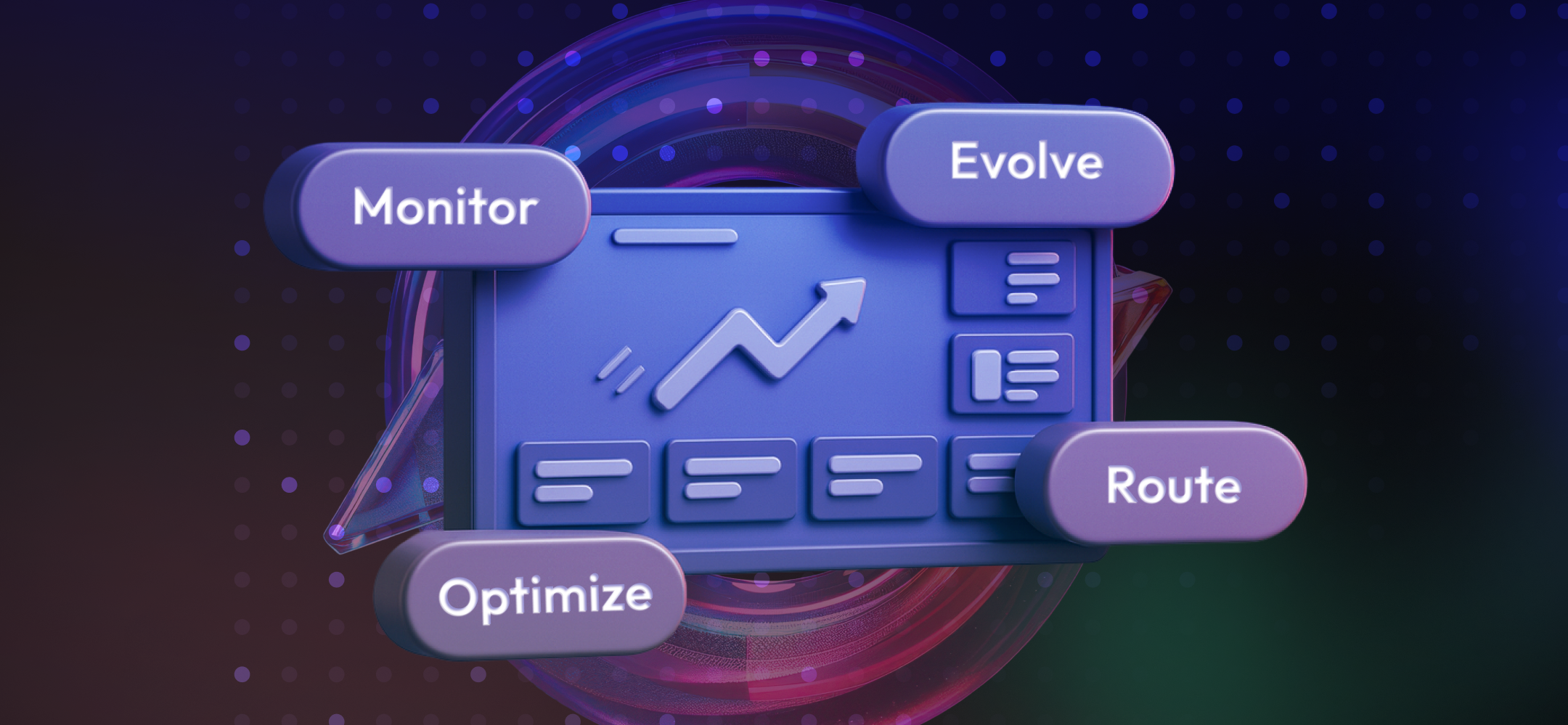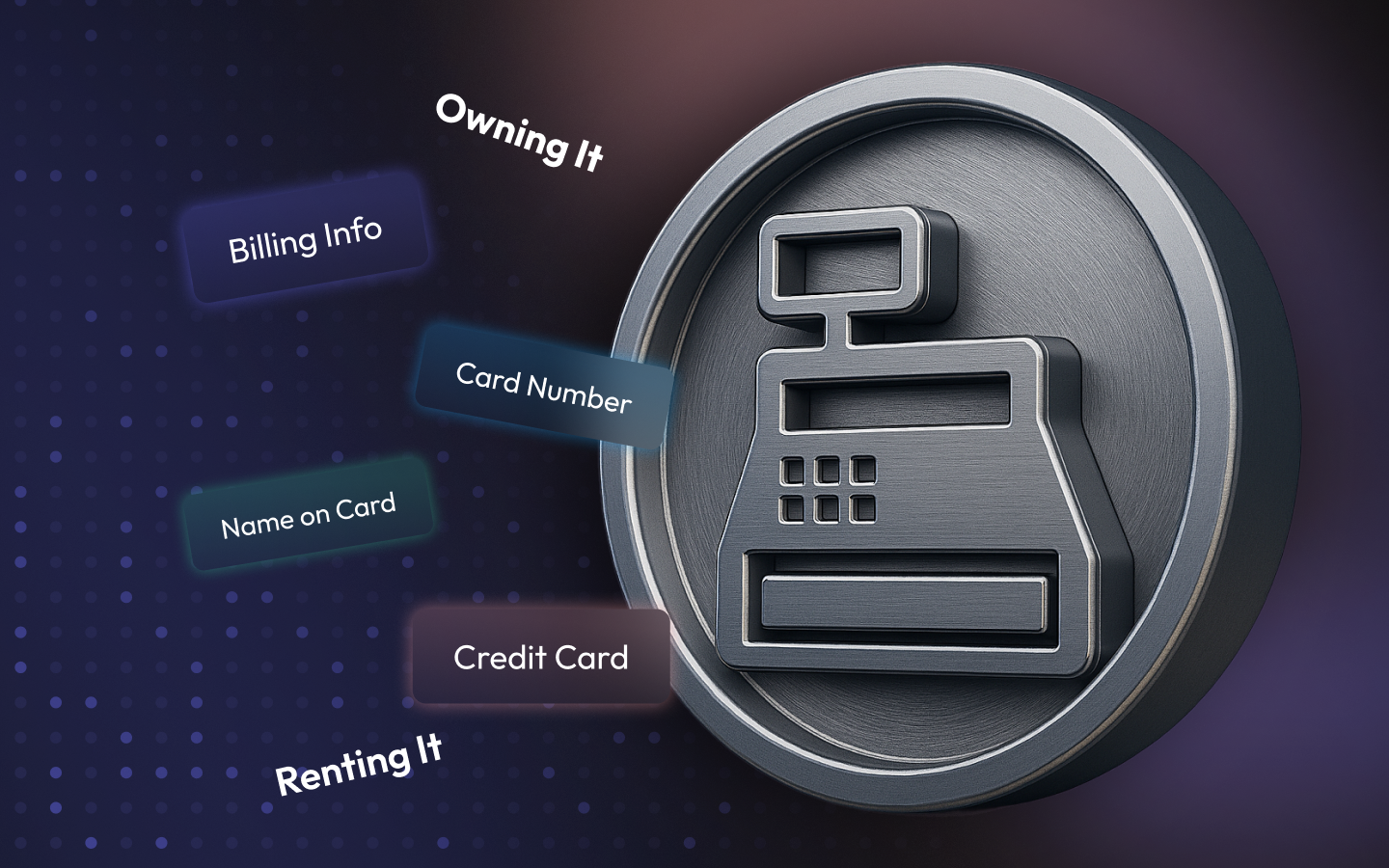What Is Payment Orchestration? 2025 Guide to Platforms, Architecture & ROI

Key Takeaways
In 2025, payment orchestration is the central nervous system of modern payments — enabling businesses (especially in iGaming) to manage multiple PSPs, routes, fraud checks, and reconciliation via one cohesive platform.
It improves authorization rates, lowers costs, reduces decline rates, and accelerates global expansion.
This guide explores its architecture, core modules, KPIs, compliance, and ROI drivers for forward-thinking merchants.
Table of Contents
- Payment Orchestration — Definition
- How a Payment Orchestration Platform Works
- Core Modules
- Real-Time Decisioning & AI Enhancements
- Orchestration vs Gateway vs PSP — What’s the Difference
- Why Payment Orchestration Matters — KPIs & Business Outcomes
- What to Look for in a Payment Orchestration Platform
- Compliance & Security in 2025
- AI in Payment Orchestration — 2025 Reality
- Common Use Cases
- Regional & Industry Considerations
- Payment Orchestration Platform Buying Guide
- FAQs
- Speakable Summary
- Sources
Payment Orchestration — Definition
Payment orchestration is the practice of combining, managing, and optimizing all payment operations — including gateways, PSPs, acquirers, fraud systems, reconciliation, routing logic, and analytics — under a unified platform.
“Payment orchestration is the process of centralising payment gateways, processors, and acquirers in a single platform… creating a unified interface to manage all payment operations.”
— Stripe, What Is Payment Orchestration?
“Payment orchestration is an advanced management layer that unifies payment systems into a single, intelligent platform.”
— Drew Monroe, Bluefin CRO
In iGaming and global commerce, orchestration bridges fragmented PSP landscapes and provides the intelligence layer merchants need to scale.
How a Payment Orchestration Platform Works

A payment orchestration platform (POP) functions as the control center of your payments ecosystem — connecting all providers, risk systems, and reporting tools.

Real-Time Decisioning & AI Enhancements
Modern orchestration uses AI to dynamically optimize routing.

Machine learning models monitor success rates, latency, and cost in real time, continuously adjusting decisions.

Why Payment Orchestration Matters — KPIs & Business Outcomes
In high-volume verticals like iGaming, orchestration directly affects key business metrics: authorization rates, cost per transaction, latency, and chargeback ratios.
“Payment orchestration is no longer a nice-to-have; it’s the foundation of an intelligent payment strategy that balances performance, cost, and control.”
Authorization Rates
Dynamic routing and AI-based retries can lift approval rates by 1–3 points — a major revenue boost.
Fee Stack & MDR
Routing logic reduces overall MDR by sending low-risk traffic through low-cost PSPs and negotiating volume tiers.
Latency Targets
Best-in-class orchestration maintains <200 ms processing time end-to-end.
Chargebacks
Automated alerts, PSP-level risk correlation, and chargeback routing improve recovery and issuer dispute performance.
CFO Playbook
ROI studies by IXOPAY show 12–24 months average payback after migration to orchestration.
What to Look for in a Payment Orchestration Platform
- Flexible rule-based routing
- Unified API and integration layer
- Real-time analytics and dashboards
- Reconciliation automation
- Fraud / risk plugins
- PCI-ready token vault
- Strong SLAs and redundancy
- Regional compliance support
Considering orchestration in 2025? Our team at MoreFin helps enterprises design, integrate, and optimize orchestration tailored to your PSP setup.
Compliance & Security in 2025
PCI DSS v4.0, GDPR, and PSD2 requirements demand that orchestration providers embed security from the ground up.
Encrypted data vaults, 3DS2 handling, and auditable logs are now standard.
AI in Payment Orchestration — 2025 Reality
AI is transforming how platforms optimize routes, predict declines, and manage risk.
Explainable AI and transparent decisioning are key to compliance and trust.
Common Use Cases
- Authorization rate optimization through dynamic routing
- Cost optimization via multi-PSP mix
- Failover redundancy for uptime guarantees
- Cross-border acceptance and subscription recovery
Regional & Industry Considerations
- EU & UK: PSD2, SCA exemptions, open banking
- LATAM: local methods like PIX and Boleto
- iGaming: high-risk merchant profiling and fast reconciliation
- Asia: UPI and wallet dominance in routing mix
Payment Orchestration Platform Buying Guide
Checklist for evaluation:
✅ Define volume & markets
✅ Test latency & failover
✅ Validate fraud integrations
✅ Examine reporting quality
✅ Confirm PCI/SCA compliance
✅ Assess support and SLA
✅ Run a sandbox POC
FAQs
What is a payment orchestration platform?
A layer that unifies multiple PSPs, gateways, risk tools, and reporting into one system.
How is it different from a gateway or PSP?
Gateways process; orchestration manages, optimizes, and analyzes across many.
Do I still need multiple PSPs?
Yes — orchestration lets you use many without the complexity.
How does AI improve routing?
By learning from success data and latency to select the best path automatically.
What’s a typical ROI timeline?
Usually within 12–24 months of deployment.
Speakable Summary
“Payment orchestration is the intelligence layer unifying all payment service providers, routes, and analytics. It transforms complexity into performance — raising authorization rates, cutting costs, and delivering visibility for iGaming and global merchants.”
Sources
- Stripe — What Is Payment Orchestration?
- Bluefin — Evolution of Payments: Payment Orchestration Streamlines Transactions
- Trimplement — Payment Orchestration Layer Definition & Benefits
- Zip HQ — Payment Orchestration Explained
- Alacriti — What Is Payments Orchestration?
- IXOPAY — The ROI of Payment Orchestration
Let’s Build the Right
Flow for You
Ready to elevate your digital payments? Our team is here to tailor a custom, high-performance infrastructure that scales with your ambitions. Let’s build your next competitive advantage - together.




